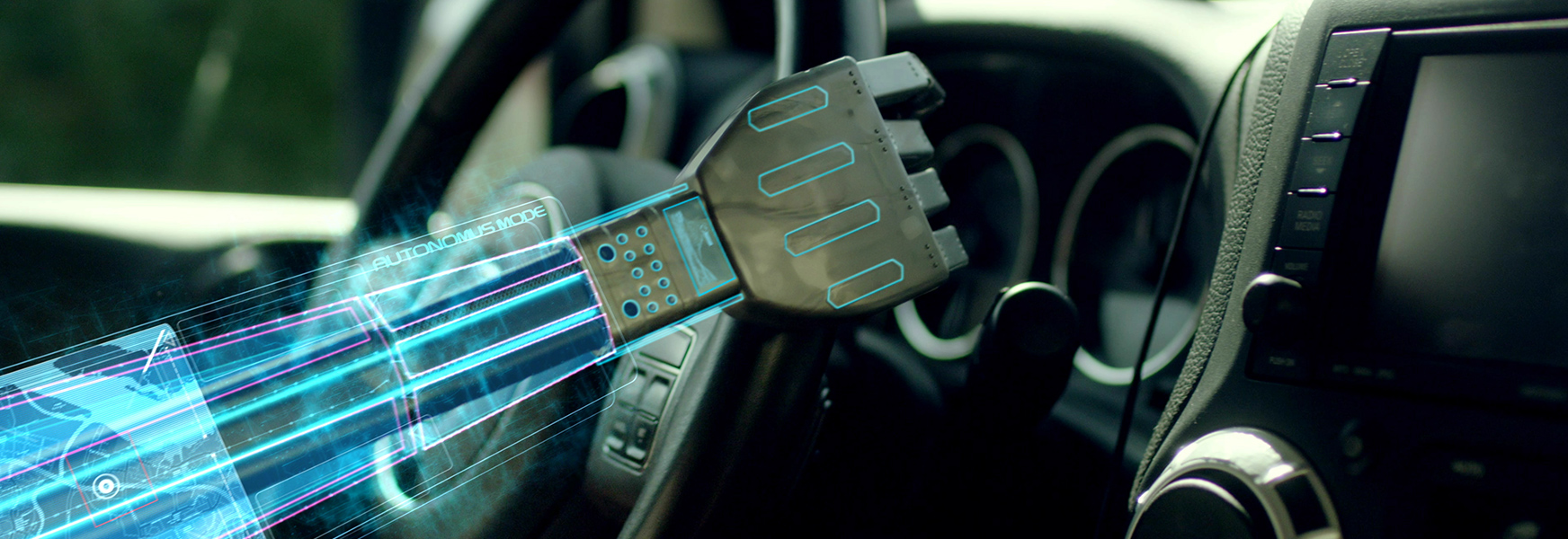Does Automotive Safety Technology Really Make Us Safer?

“The best car safety device is a rear-view mirror with a cop in it.” Dudley Moore’s keen wit still makes us chuckle even with the transportation safety improvements we’ve seen since he first delivered that line. Now every major car manufacturer’s website touts their new technologies designed to avoid collisions. Collision Avoidance Technology (CAT) systems are more common and more capable than just a few years ago. Some examples of the common systems are forward collision warning, lane departure warning, adaptive cruise control, auto-braking systems, and adaptive/automatic high-beam headlights. These systems can do amazing things, but the real question is how effective will they be in decreasing crashes?
Considering that most crashes are caused by driver error, it becomes pretty obvious that taking the driver out of the loop might provide an increase in overall vehicle safety. When vehicles cross centerlines, go too fast for prevailing conditions, violate right-of-way rules, or follow too closely it is not a vehicle problem, but a driver problem. So if the driver can be assisted in the task of driving safely it is probably a good thing in the long run. Driverless or autonomous cars are on the way, but we have some more challenges ahead to make them a routine part of the transportation industry. So in the meantime, can these CAT systems really help?
The answer is yes. These systems are fantastic and could be significant in reducing collisions. But I would also put a caveat on that answer. Until we have fully autonomous cars, the driver is still responsible for their safety and for the safety of everyone else on the road. Giving up some of that responsibility to technology could lead one down a path towards more significant safety problems rather than eliminating them. Complacency is a nasty word in the world of safety and can become more commonplace when technology takes care of what people used to do.
Having spent a career in naval aviation and a few years flying for a commercial airline, I can see clear parallels between aviation safety and passenger car safety. Complacency is a common problem in aviation as we’ve developed technology to the point of nearly autonomous jets flying millions of people around the world. The piloting job has become more one of computer monitoring than aviating. Although these systems operate very safely, when they fail or are programmed incorrectly, pilots can be at a loss as to what to do. This can lead to disaster that results simply from too much dependence upon technology and not enough practice at actual stick and rudder flying. I’d hate to see the same thing happen in automotive safety as technology becomes more sophisticated.
For example, adaptive cruise control is a great tool to help a driver keep a safe following distance from the car ahead. The car will maintain the speed set, but will also slow down if the car ahead is slowing down. But if a driver is simply depending upon this tool to keep a safe distance it becomes easier to stop monitoring the road in front. If a driver simply relies on the car to keep a safe distance then they are abdicating their responsibility to operate safely. They might miss the brake lights in the distance and/or react slower to unexpected events. The same can be said for all the new CAT features. We can’t become dependent upon technology to keep our car in the lane or to apply the brakes when needed. These systems must be viewed as augments or support for an attentive driver, not a replacement.
So keep this in mind when you jump into a car that has all the bells and whistles. Take advantage of them by actually learning what they do and how to operate them. The cockpit isn’t as simple as it used to be. A CAT feature might very well save your life, but it could also become a crutch that will inevitably result in poorer driving habits and skills. Remember that the fine print in all of the new car ads featuring CAT systems says something like, “the driver is always responsible for safe and attentive driving.”
For more information on crash avoidance features check out this resource from the Insurance Institute for Highway Safety.
By Randy Klatt

